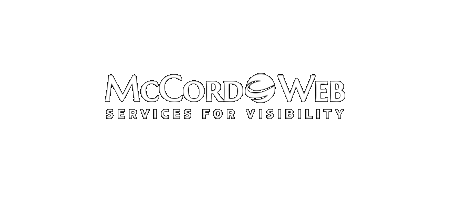Since 2005 I have been focused on building web authority website as I felt that this was the best way to truly place on Google and insulate myself and my clients from search engine algorithm changes. I named my blog the Web Authority just for that reason. Authority websites communicate…
Search Engine Optimization
-
-
Did You Know Most Infographics Have Hidden Links?
Infographics are the new web rage, but did you know that most have hidden embedded links in them? The next time someone offers to allow you to use their infographic or solicits your posting their infographic on your website or blog, be aware that you may be unknowingly promoting their…
-
Subdomains versus Subdirectories Per Google
Ever wonder how Google views subdirectories or subdomains when it comes to placement on Google.com? In this video Matt Cutts the Google spokesperson to my industry, talks about using each and how Google indexes each. Previously some webmasters set up multiple subdomains in an effort to have Google show more…
-
SEO – Why I Am Watching Co-Citation?
I just asked all the time what are you watching, what’s new and exciting, what trends to you see happening? This week I will be writing three blog posts about what I’m watching and why. Today’s post is about why I am watching co-citation. Google has made really sweeping changes…



